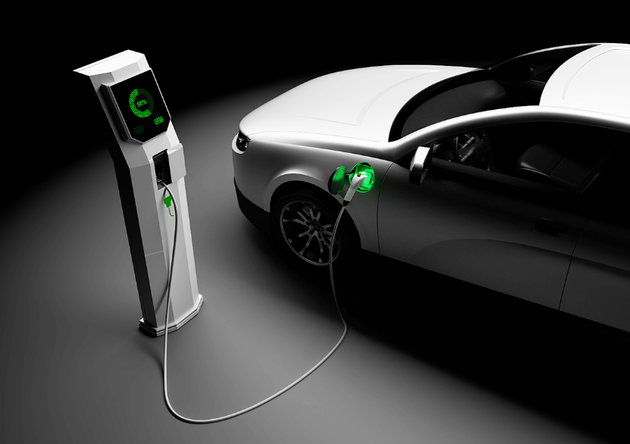Jan. 17 (NBD) -- Subsidies for the new energy vehicle (NEV) will surely decrease in 2018, commented Zhang Jianhua, editor-in-chief of an online auto information website evpartner.com, at the First China (Chengdu) New Energy Vehicle Summit Forum which was held on Tuesday in the provincial capital of Southwest China's Sichuan province.
Some industry insiders agreed to the idea, adding that the possible industrial reshuffle this year is the largest challenge facing the NEV industry.
Data from the China Association of Automobile Manufacturers show that the NEV production and sale volume in 2017 stood at 794,000 units and 777,000 units, up 53.8 percent and 53.3 percent year on year, respectively.
This indicates that the NEV industry retains fast growth in terms of both production and sales.
However, whether subsidy reduction will lead to fiercer competition or industrial reshuffle were heatedly discussed at the forum.
Reshuffle is foreseeable given continuous subsidy reduction
In 2015, China outlined the subsidy scheme for NEVs for the period from 2016 to 2020. It stipulated that subsidies for EVs will drop 20 percent based on 2016 levels from 2017 to 2018 and decrease 40 percent based on the 2016 levels from 2019-2020.
Fang Jianhua, co-founder and CEO of the sub-fund for NEV venture capital at the National Fund for Technology Transfer and Commercialization, noted that with the tightening regulation from the authorities and the entering of quality capitals, the competition in this sector will become fiercer and the industry reshuffle will be accelerated.
Fang introduced that over 200 battery enterprises are operating currently, yet in the coming years a maximum of 20 will survive. In addition, manufacturers of auto equipment is likely to encounter a reshuffle as well, Fang added.
Some industry insiders regarded the subsidy drop as a means to optimize subsidy scheme rather than a give-up on the NEV sector by the government. They believed that the subsidy will possibly shift to the backend links from frontend ones.
By frontend links, it means phases of research and development, production and sales and backend links refer to parking, license plates, right of way and other after-sales aspects.
Chen Quanshi, director of the automotive research institute at Tsinghua University, echoed the opinion, saying that after-sales services are of great importance yet face many problems and the country's next subsidies will likely be orchestrated to address these problems, increasing subsidies in areas such as auto charging and parking.

Photo/VCG
Battery manufacturers swarm but not exert strong presence
NBD noticed that in China, most of NEVs are pure electric vehicles where batteries constitute the most important component.
According to the latest report released by RealLi Research, the installed capacity of lithium-ion batteries in 2017 reached 33.5 GWh, representing an year-over-year increase of 21 percent.
Despite the huge installed capacity, lithium-ion battery manufacturers were hardly strong.
Wu Feng, an academician at the Chinese Academy of Engineering and professor at Beijing Institute of Technology, pointed out that the battery capacity consumed by EV (electric vehicle) in 2015 and 2016 stood at 16.3 GWh and 28.1 GWh, respectively and reached 35 GWh in 2017 by estimate, according to data from the Ministry of Industry and Information Technology.
In addition, it's predicted that the EVs will consume as much as 100 GWh in 2020, whereas the battery production capacity already hit 200 GWh in 2017, leaving a large surplus capacity at that time. But few dominant enterprises stand out in the industry, Wu added.
With regard to possible changes in the NEV subsidy scheme in 2018, Fang expect that subsidies involving endurance mileage will be more specific and detailed and the requirement of energy density will be lifted.
Seeing from the perspective of different kinds of lithium-ion batteries, most industry insiders thought favorably of ternary lithium batteries.
Wang Cheng, director of the Beijing unit at the China Automotive Technology & Research Center, commented at the forum that judging from the current status of installed capacity of lithium-ion batteries, ternary lithium batteries and lithium carbonate battery are going toe to toe and will gradually grab the dominant place in the market.
Email: gaohan@nbd.com.cn


 川公网安备 51019002001991号
川公网安备 51019002001991号





